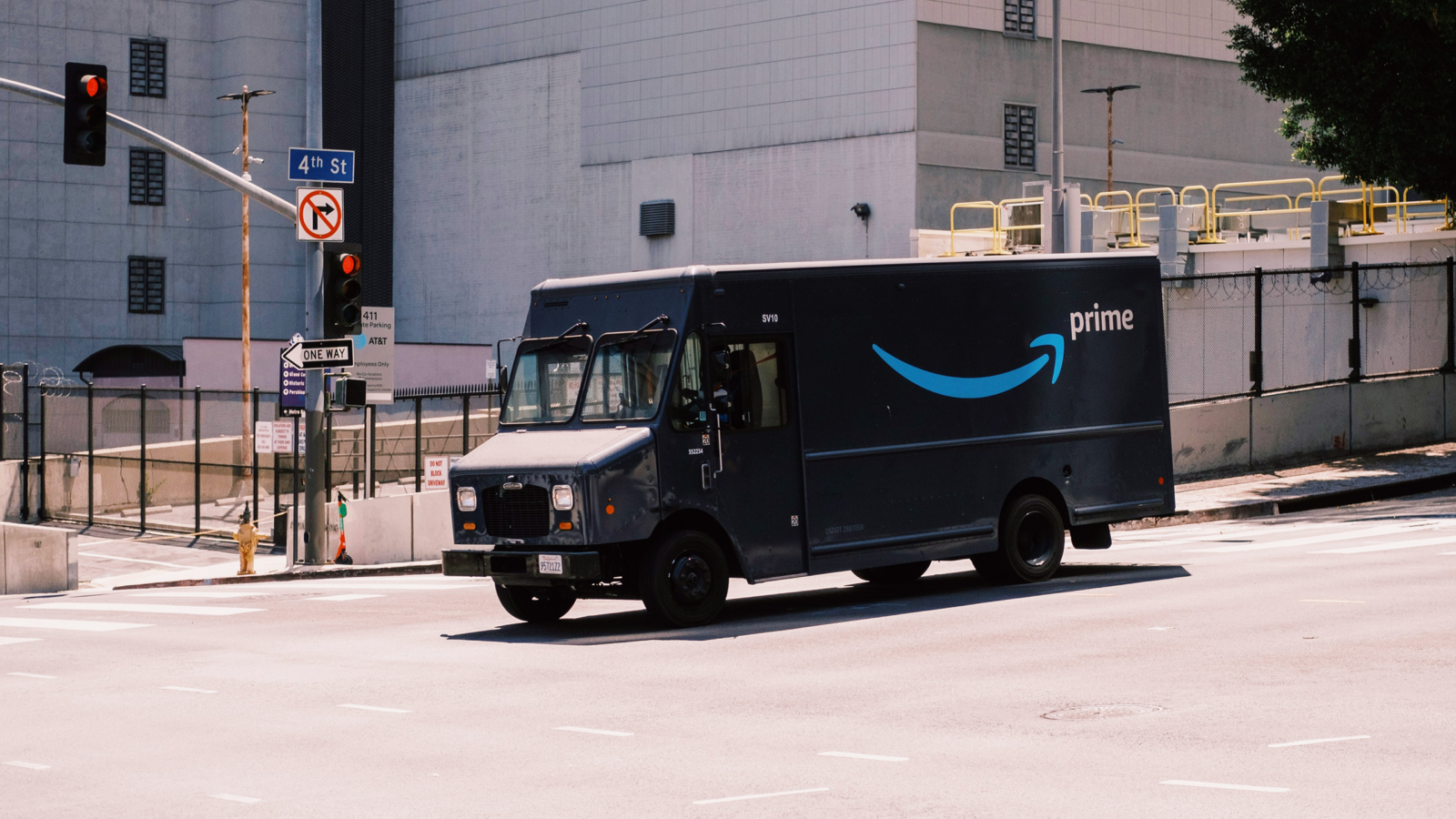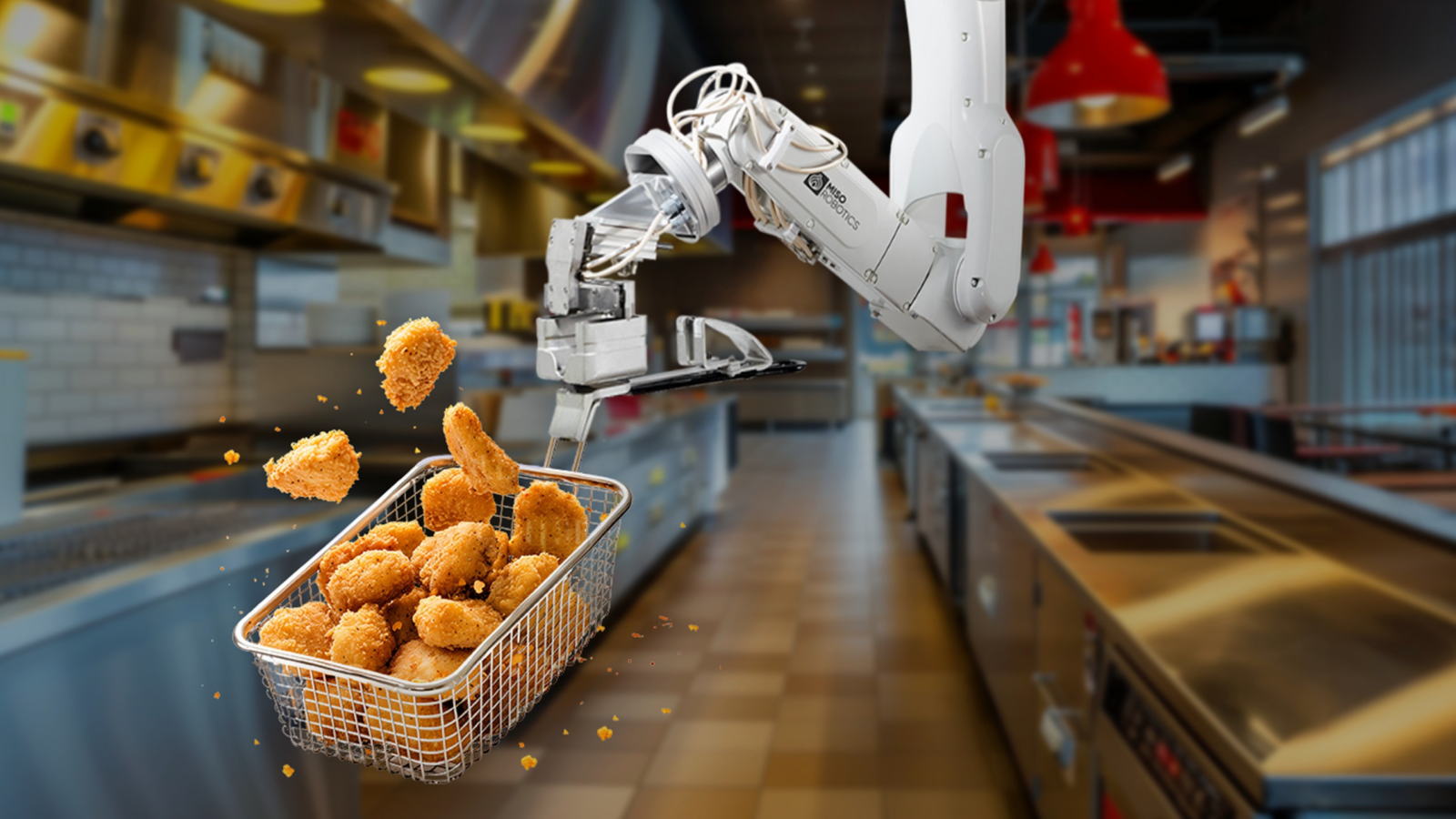Good morning.
A new European study proposes we move our pollution-spewing data centers somewhere else — outer space. According to the International Energy Agency, data centers account for about 1% of energy-related greenhouse gas emissions, and we’d be well-served blasting them into space, where they might irritate an occasional millionaire space tourist but will otherwise be harmless. The void of space is a novel option, but if you thought retrieving your work from the cloud was a pain, wait ‘til you’re retrieving it from the stars.
Amazon Sets up a Rival to Shein and Temu

What do you call Amazon in China? Copycat.
Amazon is setting up a discounted shop that will fly products to consumers from China, The Information was first to report this week. It’s a move that’s pretty obviously designed to clone the business model of Shein and Temu, two China-born e-commerce companies that have exploded onto the retail scene over the past few years.
Slow and Steady (and Cheap)
You can see why Amazon is rattled. Although legacy retailers like Walmart have now cottoned to the whole sell-things-on-the-internet routine, until recently Amazon practically had the e-commerce space to itself for a decade. Then Shein and Temu came bounding into America with a totally new business model: fly in products from China utilizing a trade loophole called de minimis, which means you don’t have to pay import taxes on any package you ship directly to someone so long as it’s under $800 in value. The packages take longer to arrive than your average turbo-charged Amazon Prime delivery, but the items are startlingly cheap.
Amazon isn’t the only American company to copy this strategy: Business Insider reports various US brands have begun to utilize de minimis. But despite Amazon’s heft (it passed the $2 trillion market cap milestone this week), pitching in to this new territory comes with risks:
- Maureen Hinton, a retail analyst at GlobalData, told The Daily Upside there’s also a risk that Amazon shoots itself in the foot with this venture. “As a laggard, will it convert Temu shoppers to Amazon or just appeal to its existing customers, and cannibalize its own ranges with lower-price products,” she said.
- Robert Khachatryan, CEO at Freight Right Global Logistics, told The Daily Upside that while air freight is not quite as dear as it used to be compared to sea shipping, it’s still about three to five times more expensive. Temu and Shein are already straining the air freight industry’s carry capacity, so adding another huge player to the space could send costs up and cause delays, Khachatryan added.
“For sustainable growth, Amazon would need to invest heavily in securing dedicated cargo fleets and developing infrastructure to support increased air freight volumes without disrupting existing supply chains,” Khachatryan said.
Meeting in the Middle: While Amazon copies Shein’s business model, Shein is starting to hedge against relying on cheap air shipping. The Financial Times reported earlier this month that ahead of its London IPO, Shein has been setting up warehouse storage and cutting its delivery times, essentially a more Amazon-esque business strategy.
Remember When Humans Did That?

Working the local burger joint’s fryer is tough – so much so that it’s getting harder and harder for fast food restaurants to staff their kitchens. In fact, ~3m jobs will go unfilled in the US alone.
Miso Robotics has the solution: its AI-powered robot, Flippy, has deep fryers mastered. That’s exactly why White Castle and Jack in the Box turned to Miso to operate their fryers and boost their profits up to 4x.
Now Miso’s ready to scale. They’ve even started a collaboration with NVIDIA.
To fuel their growth, Miso’s opened a funding round for investors who can benefit from the automation of the $1t fast food market.
Teens Get Subpar Grade on Financial Literacy from OECD
In a world chock-full of finfluencers and fintechs, nearly a fifth of teenagers in advanced economies lack the baseline financial literacy and math chops to make simple everyday money decisions, according to a new report by the Organisation for Economic Co-operation and Development (OECD).
Digital Chops, Financial Flops
Every three years, the OECD conducts its Programme for International Student Assessment of 15-year-old students. Its financial literacy survey is a subset of this, and looks at 20 countries including the US, the Netherlands, Canada, Norway, and Brazil. What this year’s survey revealed is that, while an overwhelming majority of students are using financial products, a troubling number lack basic knowledge to make sound financial decisions:
- According to the survey, which was conducted in 2022 and released Thursday, 63% of 15-year-old students have a bank account, 62% have a payment or debit card, and 86% bought something online in the 12 months prior. Meanwhile, just 11% were considered “top performers,” meaning they could solve complex financial problems, an increase of just 0.5% from the previous survey, and 18% were considered “low performers,” meaning they lacked fundamental skills like division to assess financial questions — a significant increase from the 15% in the previous survey.
- “These results, combined with the increased incidence, complexity and potential impacts of financial frauds and scams, highlight the need to better equip our young people with the knowledge and skills necessary to make safe and informed financial decisions,” OECD Secretary-General Mathias Cormann said at a press conference.
We’re No. 4! The US outperformed the OECD’s 11% average, with nearly 14% of 15-year-old students considered top performers. This trailed only the Netherlands, Belgium, and Canada. And the number of US students who were low performers came in around 17%, just below the 18% survey average.
Mom and Pop Shop: If it’s not obvious, students with better financial literacy skills save more money and choose products more responsibly, such as by comparing prices. Cringe as it might be for someone just discovering The Smiths or mired in some other inward-looking adolescent rite of passage, the best way to learn these skills may be talking to their parents. Students who discussed money plans with their parents — 64% said they did at least once a month — were much more financially literate than those who didn’t.
Walgreens Plans to Shutter Stores and Refocus after Weak Earnings
Walgreens has roughly 8,600 pharmacies across the US. It’ll have far fewer soon.
After missing its third-quarter earnings and slashing its full-year outlook, Walgreens’ new leader is planning a rebound for the struggling chain, starting with shuttering a substantial, if unspecified, number of US locations.
Doctor’s Note
Recently, pharmacies tried to push into medical care, acting not only as centers to fill prescriptions but clinics that administer disease screening, physicals, vaccinations, and more. The results have been terrible.
CVS has been shutting down dozens of its MinuteClinics, and Walmart will close its remaining clinics and telehealth services due to lack of profitability. Amazon is still forging ahead with its healthcare division, this week announcing that it’s consolidating its telehealth service with its One Medical primary care business. Walgreens — whose stock is down about 55% YTD — reported a roughly $6 billion impairment charge on its investment in clinic operator VillageMD. And now, the company has to get back to basics:
- It’s unclear exactly how many locations Walgreens will close, but CEO Tim Wentworth — who filled the position in October — told The Wall Street Journal the company is reviewing a quarter of its underperforming stores. He added some will shutter over rampant theft or because they’re just too close in proximity to other locations.
- Wentworth said the closures are focused more on reducing the company’s physical footprint rather than its workforce, and employees can be reassigned to other locations.
The PE Playbook: Rite Aid, which filed for bankruptcy last fall, is seeking court approval this week for a restructuring plan that will cut $2 billion from its debt and hand ownership over to a group of lenders including Brigade Capital, HG Vora, and more. Another fallen soldier in private equity’s conquest of America’s healthcare system.
Extra Upside
- Big bang: An unexploded wartime bomb was found near Tesla’s campus and factory outside Berlin — the plan is to (safely) detonate it this weekend.
- Not so painless: The US Supreme Court blocked Purdue Pharma’s bankruptcy deal, which would have shielded the Sackler family from future civil lawsuits related to the opioid epidemic.
- Gain Insight on The Global Economy. Sign up for the free Quartz Daily Brief and join over half a million readers who turn to this newsletter to see where business, tech, and culture intersect. Sign Up.**
** Partner
Just For Fun
Disclaimer
*This is a paid advertisement for Miso Robotics Regulation A offering. Please read the offering circular at invest.misorobotics.com.

